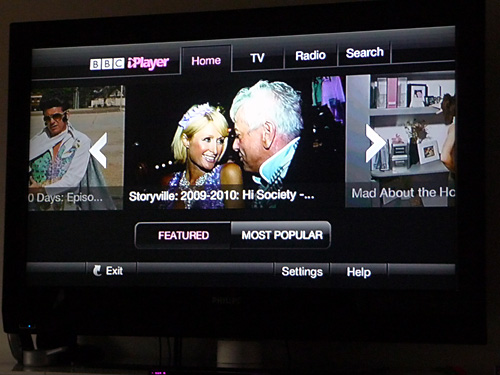There’s something almost unnerving about the launch of a government website getting so much positive coverage. But today’s been data.gov.uk‘s big day, and everyone seems to agree it’s a jolly good thing. For now.
James Crabtree’s piece for Prospect magazine hails it as ‘a tale of star power, serendipity, vision, persistence and an almost unprecedented convergence of all levels of government’. The New Statesman says it’s ‘a far more radical project than it first appears… a clear break with the closed, data-hugging state of the past.’ We’re all getting quite excitable, aren’t we?
Me? I’m just looking back over posts on this blog last year: this one about the need to make moves on data release (including an excerpt from my resignation letter from ONS), and this one on Tim Berners-Lee’s appointment. I’ll confess, I got something wrong in that latter post; I wrote that it was ‘probably’ a cult-of-celebrity, hands-off appointment. Looks like that wasn’t entirely accurate. Sorry.
This has been a long time coming. Too long. Shamefully long. But there is still good reason to be excited. Amid all the talk about bicycle accidents, you may have missed the news that OPSI is working on simplified T&Cs for reuse of the site’s data:
These terms and conditions have been aligned so that they are interoperable with any Creative Commons Attribution 3.0 Licence. The terms and conditions are also machine readable meaning that the licence is presented and coded in such a way that applications and programs can access and understand the terms and conditions too.
This is the first major step towards the adoption of a non-transactional, Creative Commons style approach to licensing the re-use of government information. The new model will replace the existing Click-Use Licence. We are working towards the launch of the new licence model by the end of May 2010.
Don’t overlook the significance of this move. This is government adopting someone else’s standard, for something they have historically claimed as their own. The Click-Use Licence is actually pretty liberal… but it’s scary.
This simple shift will take us from this:
Unless otherwise specified the information on this site is covered by either Crown Copyright, Crown Database Right or has been licensed to the Crown. It is your responsibility to clear any other rights. You are encouraged to use and re-use the information that is available on and through this site freely and flexibly, with only a few conditions…
to this (or something very like it). We, the citizens of the web, know what Creative Commons means: we don’t need to look it up, we won’t need a dictionary, and we won’t need a lawyer. Good things will happen as a direct result.


